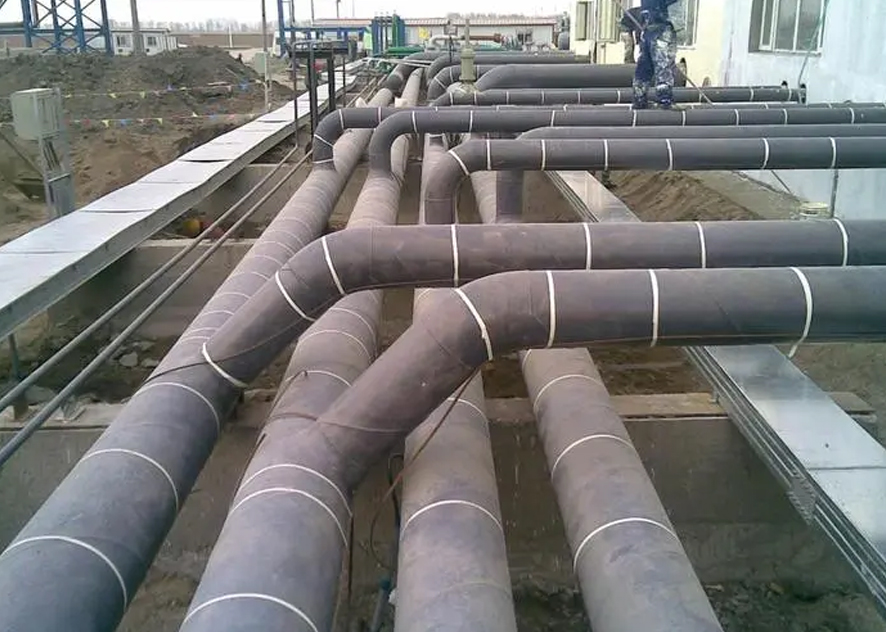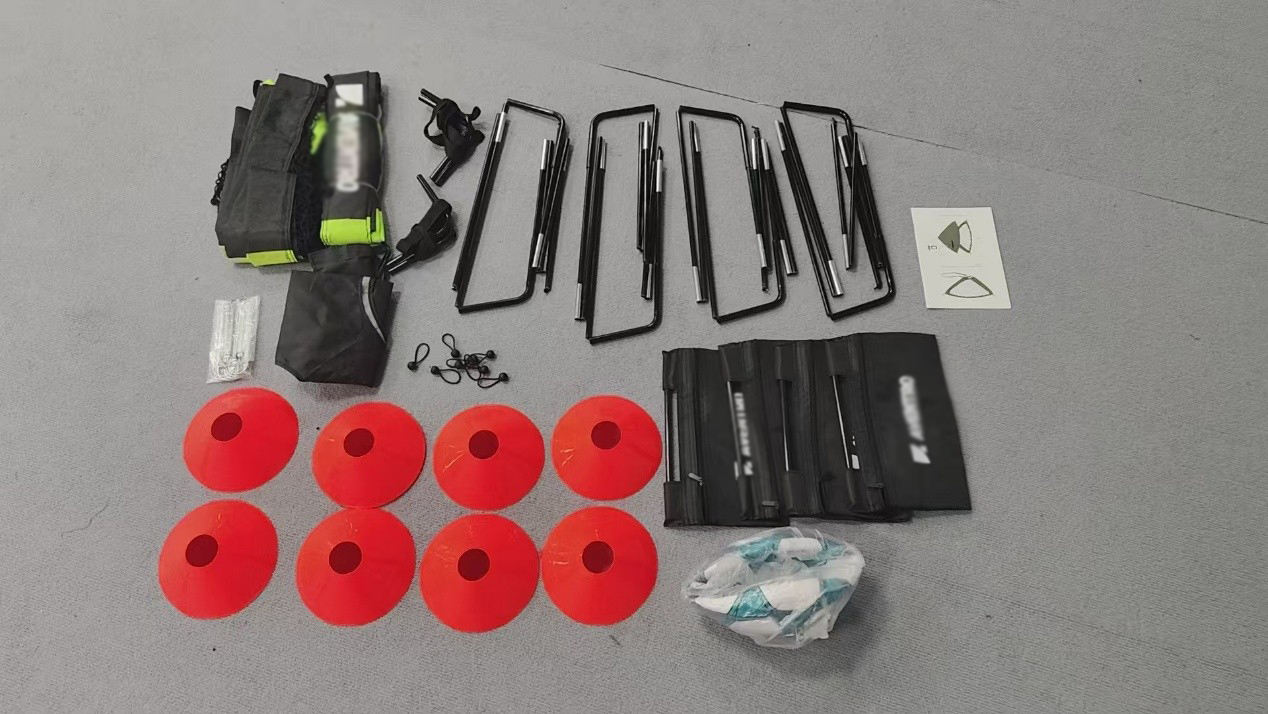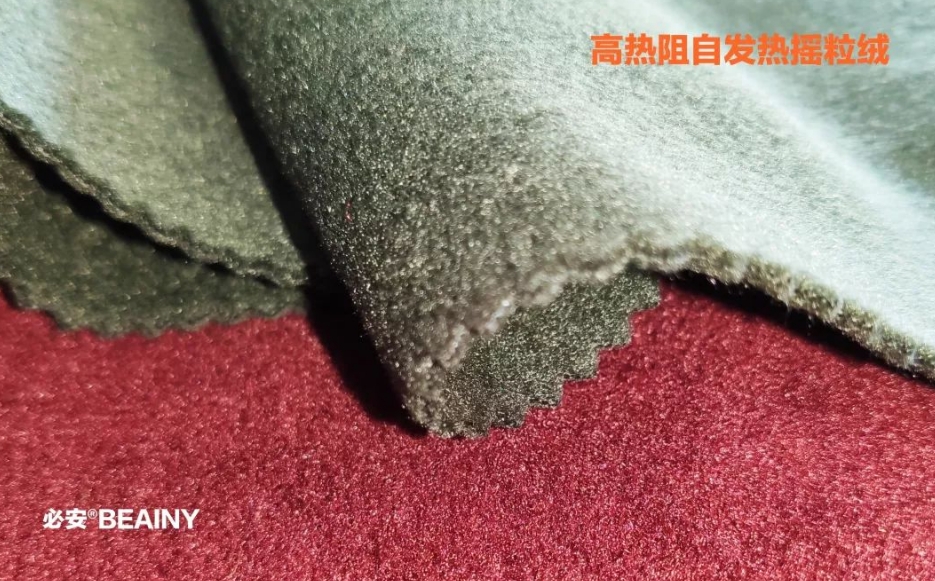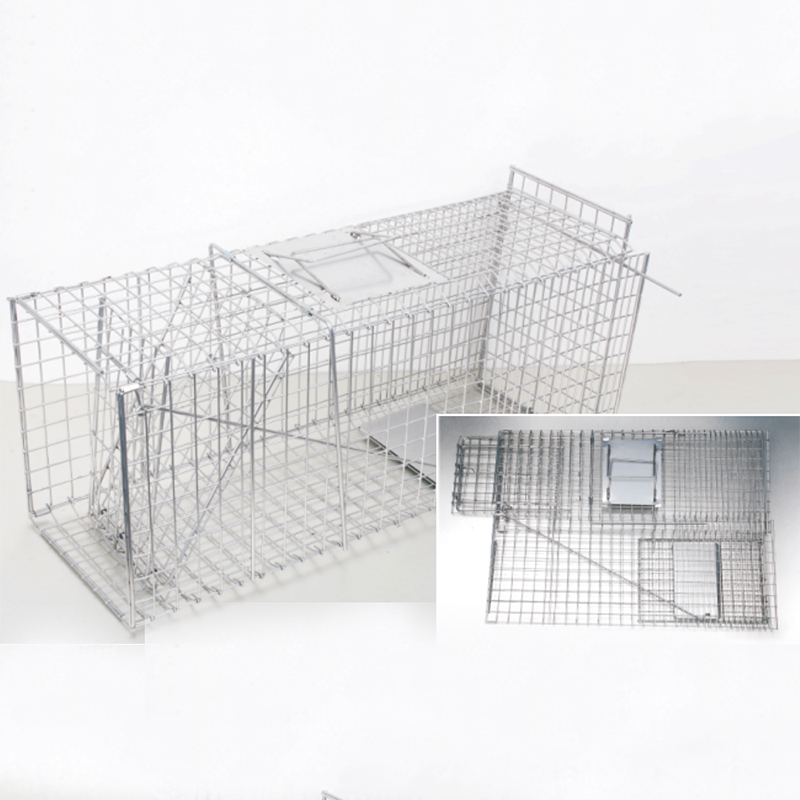Working principle: The electric heating element of the temperature-controlled electric heating cable is a core tape made of a layer of PTC material evenly extruded between two parallel metal busbars. After the PTC material is melted, extruded, cooled and shaped, the carbon particles dispersed in it form countless fine conductive carbon networks.

When they are connected across two parallel buses, they form a PTC parallel circuit of the core strip. When the two busbars at one end of the cable are connected to the power supply, the current flows horizontally from one busbar through the PTC material layer to the other busbar to form a parallel circuit.
The PTC layer is a resistance heating element continuously connected in parallel between the bus bars, which converts electrical energy into thermal energy to heat and insulate the operating system. When the temperature of the core tape rises to the corresponding high-resistance zone, the resistance is so large that it almost blocks the current, and the temperature of the core tape will reach the high limit and no longer rise (ie, automatic temperature limit).
At the same time, the core band transfers heat to the lower-temperature heated system through the sheath. When the steady state is reached, the heat transferred per unit time is equal to the electrical power of the cable. The output power of the cable is mainly controlled by the heat transfer process and the temperature of the heated system.
Extended information
The inner core of the electric heating tape has copper conductors on both sides. During normal operation, a voltage of 220v is applied between the lines. The heat-generating part between the two lines is made of semi-conductive plastic, and its conductivity changes with changes in ambient temperature. When the ambient temperature rises, its resistance also rises and the heat generated decreases. When the ambient temperature rises to a certain value, the current in the semi-conductive plastic drops to a minimum value.
The heat generated by the heating tape is close to zero. From the structure and principle of the electric heating tape, it can be known that the length of the electric heating tape can be cut arbitrarily according to the required amount of heat. An increase in the length of the electric heating tape is equivalent to an increase in the load between the two power lines; a decrease in length is equivalent to a reduction in the load between the two power lines.
The wires at both ends of the electric heating tape cannot be short-circuited, and when the electric heating tapes cross and overlap, their working performance will not be affected. It can automatically adjust the heat release according to the temperature.

 English
English Español
Español Português
Português русский
русский français
français 日本語
日本語 Deutsch
Deutsch Tiếng Việt
Tiếng Việt Italiano
Italiano Nederlands
Nederlands ไทย
ไทย Polski
Polski 한국어
한국어 Svenska
Svenska magyar
magyar Malay
Malay বাংলা
বাংলা Dansk
Dansk Suomi
Suomi हिन्दी
हिन्दी Pilipino
Pilipino Türk
Türk Gaeilge
Gaeilge عربى
عربى Indonesia
Indonesia norsk
norsk اردو
اردو čeština
čeština Ελληνικά
Ελληνικά Українська
Українська Javanese
Javanese فارسی
فارسی தமிழ்
தமிழ் తెలుగు
తెలుగు नेपाली
नेपाली Burmese
Burmese български
български ລາວ
ລາວ Latine
Latine Қазақ
Қазақ Euskal
Euskal Azərbaycan
Azərbaycan slovenský
slovenský Македонски
Македонски Lietuvos
Lietuvos Eesti Keel
Eesti Keel Română
Română Slovenski
Slovenski मराठी
मराठी Српски
Српски 简体中文
简体中文 Esperanto
Esperanto Afrikaans
Afrikaans Català
Català עִברִית
עִברִית Cymraeg
Cymraeg Galego
Galego 繁体中文
繁体中文 Latvietis
Latvietis icelandic
icelandic יידיש
יידיש Беларус
Беларус Hrvatski
Hrvatski Kreyòl ayisyen
Kreyòl ayisyen Shqiptar
Shqiptar Malti
Malti lugha ya Kiswahili
lugha ya Kiswahili አማርኛ
አማርኛ Bosanski
Bosanski Frysk
Frysk ជនជាតិខ្មែរ
ជនជាតិខ្មែរ ქართული
ქართული ગુજરાતી
ગુજરાતી Hausa
Hausa Кыргыз тили
Кыргыз тили ಕನ್ನಡ
ಕನ್ನಡ Corsa
Corsa Kurdî
Kurdî മലയാളം
മലയാളം Maori
Maori Монгол хэл
Монгол хэл Hmong
Hmong IsiXhosa
IsiXhosa Zulu
Zulu Punjabi
Punjabi پښتو
پښتو Chichewa
Chichewa Samoa
Samoa Sesotho
Sesotho සිංහල
සිංහල Gàidhlig
Gàidhlig Cebuano
Cebuano Somali
Somali Точик
Точик O'zbek
O'zbek Hawaiian
Hawaiian سنڌي
سنڌي Shinra
Shinra հայերեն
հայերեն Igbo
Igbo Sundanese
Sundanese Lëtzebuergesch
Lëtzebuergesch Malagasy
Malagasy Yoruba
Yoruba









